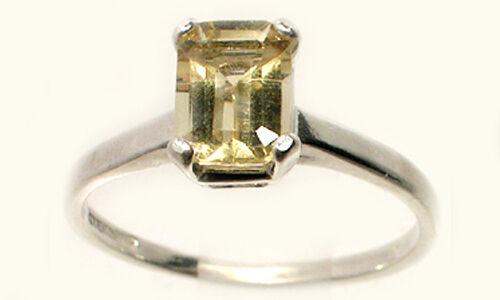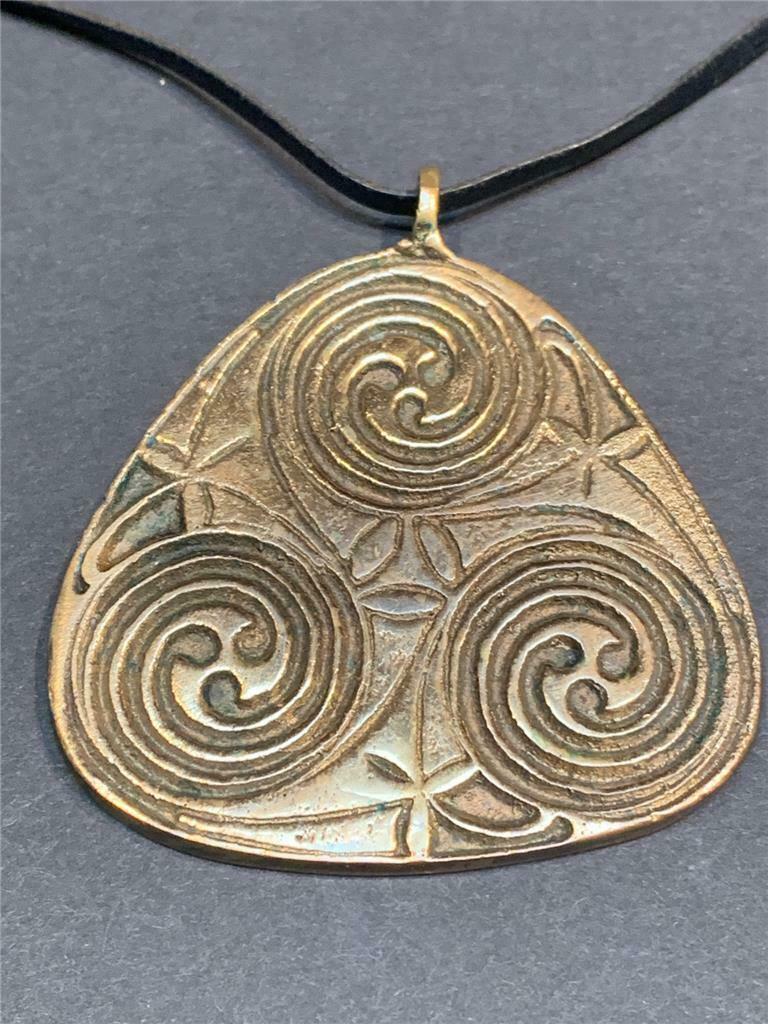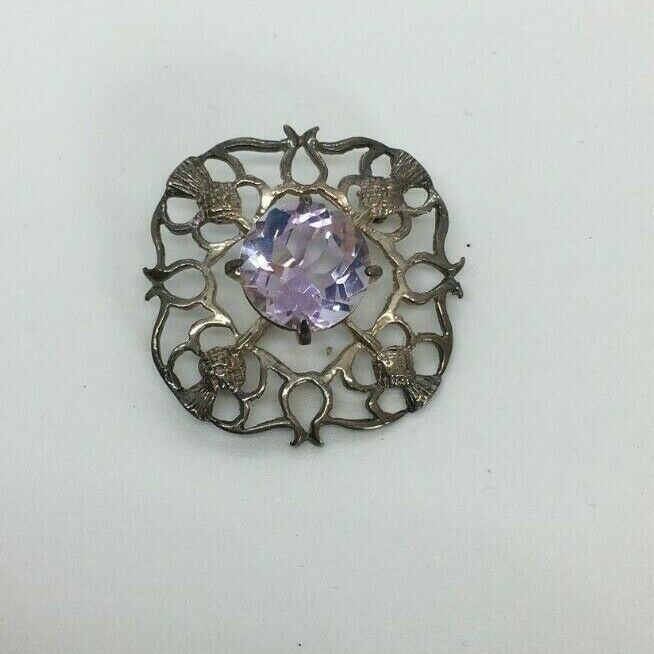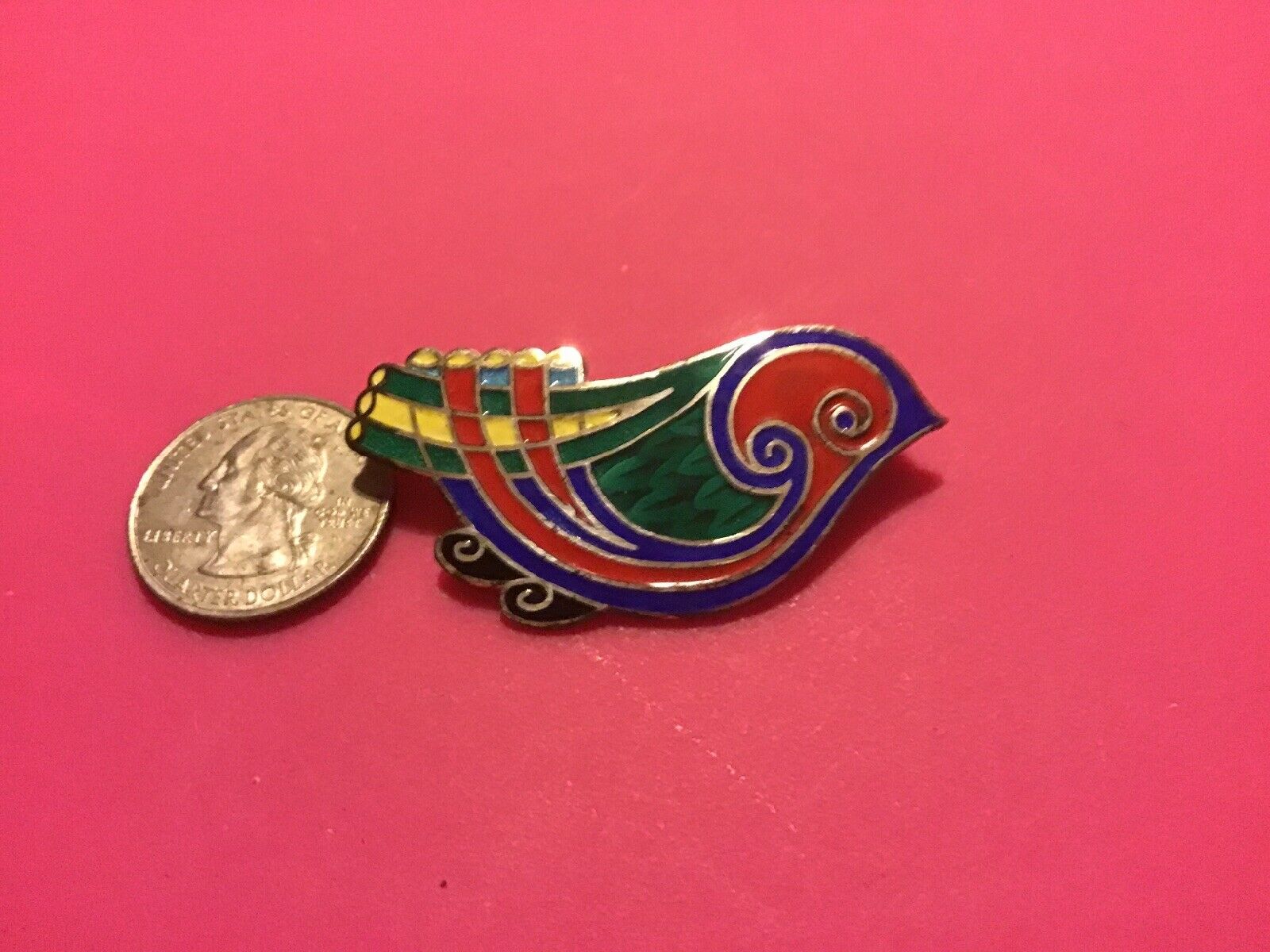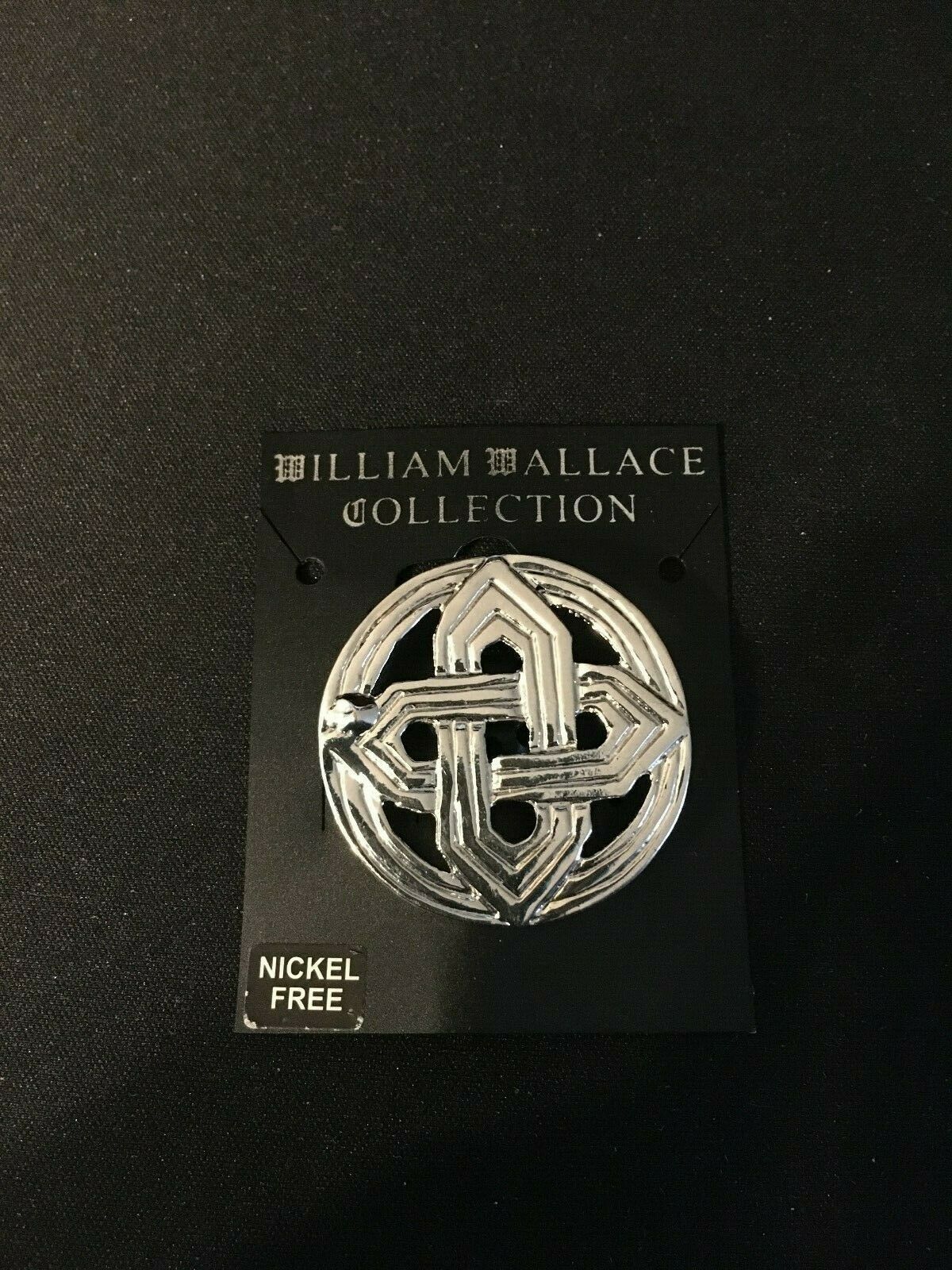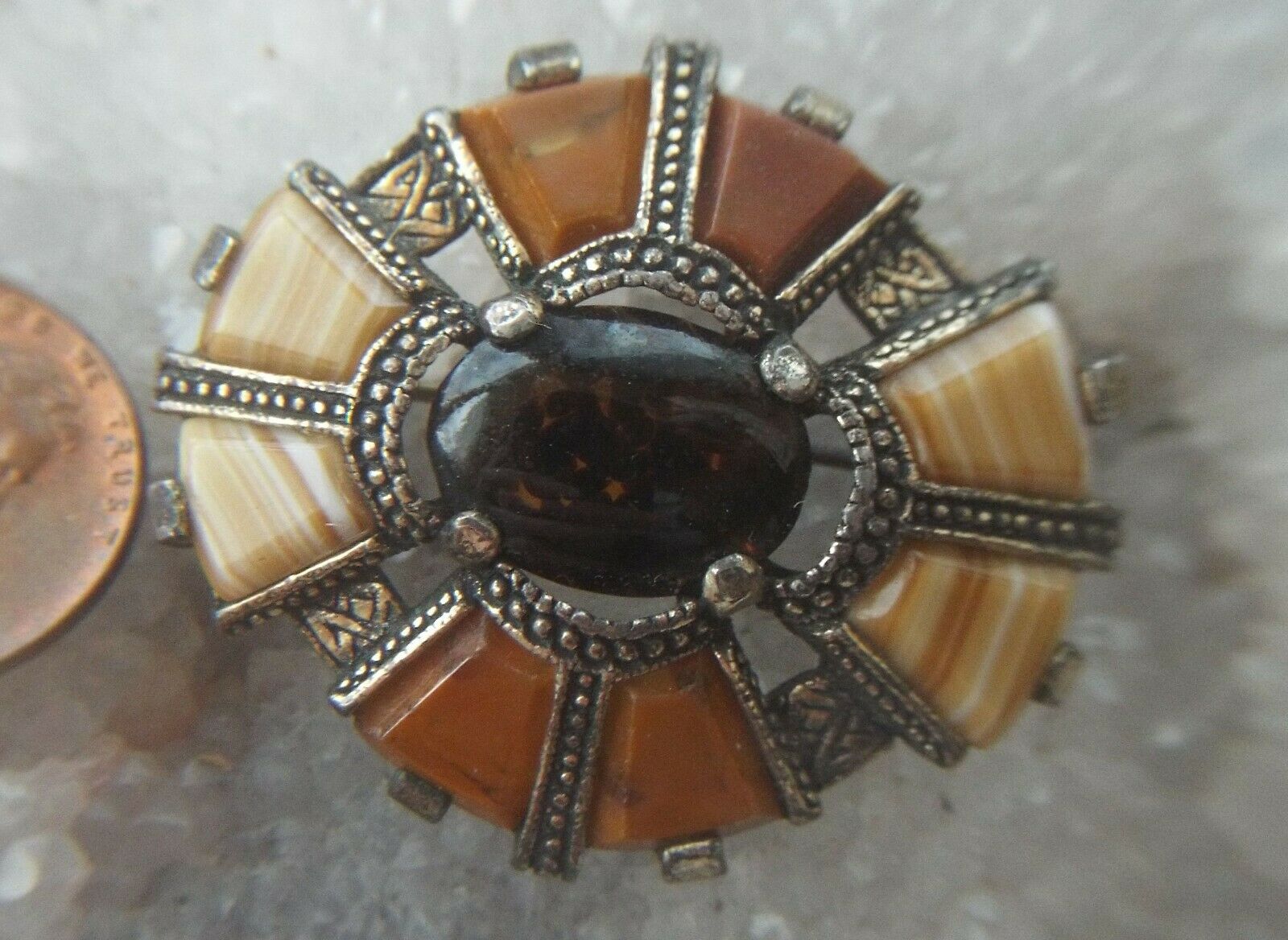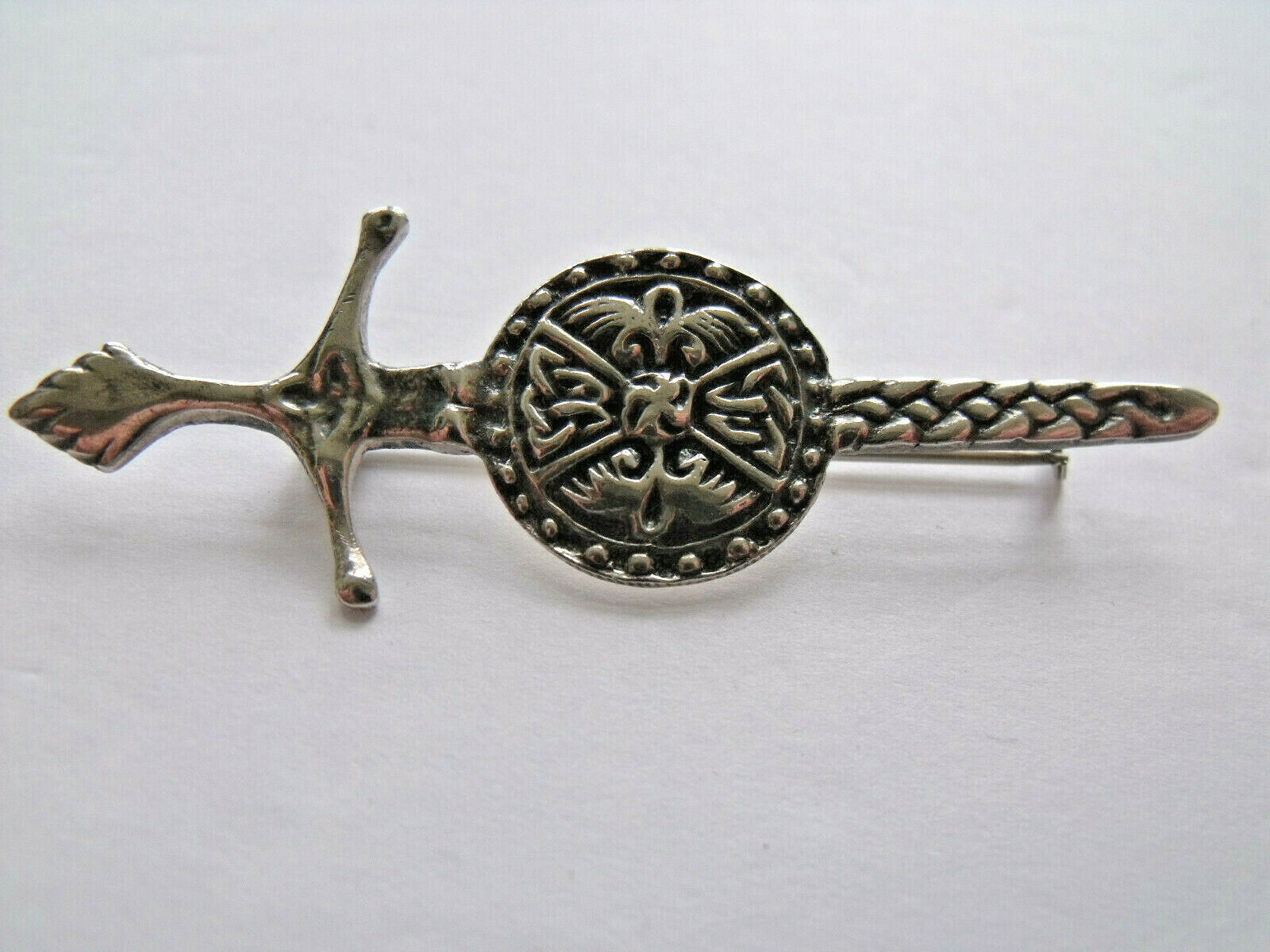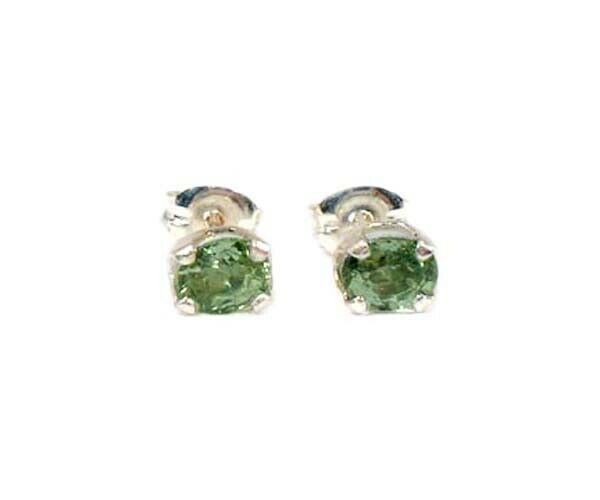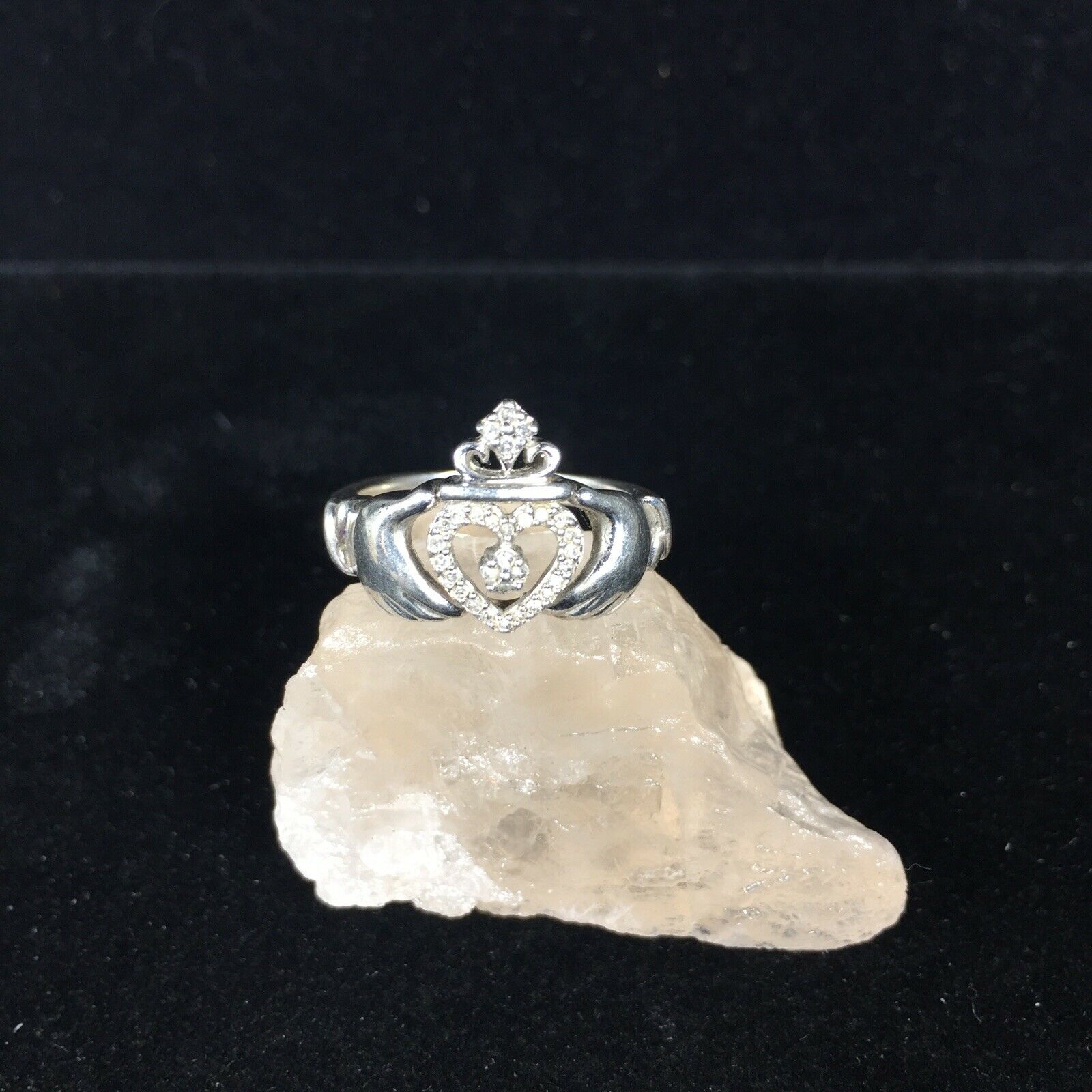-40%
19thC Antique Scotland ¾ct+ Citrine Medieval Merchant Wealth Amulet Cairn Stone
$ 42.23
- Description
- Size Guide
Description
Antique Genuine Natural Lemon Yellow Citrine Faceted Emerald. Contemporary High Quality Sterling Silver Ring (Size 7 – Resizing Available).ORIGIN:
Coastal Devonian Lava Beds, Angus, Scotland. 19th Century. Handcrafted in or Near Yekaterinburg, Russia, 19th Century. Setting is contemporary.
CLASSIFICATION:
Faceted Citrine Octagon.
SIZE
: Length: 7mm. Width: 5mm. Depth: 4.5mm. All measurements approximate.
WEIGHT
: 0.85 carats.
NOTE
: Resizing is available. If you would prefer a different setting style, odds are we have many different setting styles available which would fit this stone(s) which could be substituted for no or very little additional cost. 14kt solid gold settings are also available. Write us for pictures and prices.
NOTE
: If you would like only the gemstone, and not the setting, we can dismount the gemstone and offer you the gemstone without the setting. Just let us know, and yes, we’ll discount the price by the cost of the setting.
DETAIL:
In the Middle Ages citrine was associated with wealth and prosperity (perhaps because of its gold color) and was often referred to as the “Merchant Stone”. Many shopkeepers kept this gem as a talisman believing that it would enhance their business fortune. It was believed that if one kept a piece of citrine in a drawer, one's wealth would accumulate. Medieval Arab scholars and scientists believed that citrine was one of the components of gold. Citrine was also used as a talisman to protect the wearer from the plague (“Black Death”). As a talisman, it was also believed in the Middle Ages to be useful in eliminating sleep disorders such as insomnia, bad dreams and nightmares. Citrine was particularly popular during the Middle Ages with the Celts and Scots as a talisman to protect against the poisonous bite of Scotland's one venomous snake, the vipera berus, an adder found in the Scottish Highlands. Both citrine and cairngorm (“smoky quartz”) were known as “cairn stones” and were considered sacred stones for millennia, a belief dating back to the Druids.
Celebrating this cultural legacy here is a very fine pastel citrus yellow colored semi-precious gemstone. As you can see from the accompanying photo enlargements, it is to the eye completely transparent and free from blemishes, and possesses exceptional sparkle and luster. It is very clean, water clear, and very bright. The gemstone was hand crafted and faceted by a 19th century Russian artisan, part of an heritage renown for the production of the elaborate gemstones and jewelry of the Czars of Medieval, Renaissance, and Victorian Russia. The setting is of contemporary origin. It is a high quality setting manufactured by one of the USA’s leading semi-custom mount producers. It is constructed of solid sterling silver. We do have the ability to have the ring sent out for resizing if requested. There are many other ring styles available, if you would like to see them, just contact us, we would be happy to share them with you (email us for pictures). Most other setting styles in sterling silver are available at no additional cost. Additionally, if preferred, this mounting (as well as a wide variety of ring settings in other appealing styles) are also available in 14kt solid gold.
As might be expected under magnification the gemstone shows the unmistakable, hallmark characteristics of having been hand crafted. The coarseness of the antique, handcrafted finish is considered desirable to most gemstone aficionados, and is not considered a detriment, or detract from the value of a gemstone. These characteristics are not only expected of hand-finished gemstones, many believe that such antique hand-crafted gemstones possess much greater character and appeal than today's mass-produced, laser-cut gemstones. Unlike today’s computer controlled machine produced gemstones that approach flawlessness in a perfect finish, the cut and finish of an antique, handcrafted gemstone such as this is the legacy of an artisan who lived two centuries ago.
Handcrafted though it may be this remarkable gemstone possesses great luster and sparkle, and to the eye is completely transparent, but one cannot say with absolute certainty that it is absolutely flawless. True, any blemishes it possesses are not visible to the naked eye, and even in the accompanying photo enlargements here there are no discernible flaws. However we hesitate to use the word “flawless”, as sooner or later blemishes will show up at higher levels of magnification with almost every natural gemstone. An absolutely flawless gemstone is very rare in nature (and usually turns out to be synthetic). However to use trade jargon the gemstone can be characterized as "eye clean". To the eye it is indeed flawless, nonetheless close examination with a jeweler’s loupe will however reveal occasional slight irregularities in the faceting and finish.
Naturally these characteristics are expected of hand-finished antique gemstones of natural origin. It is precisely for these reasons antique gemstones must be appreciated as antiques first, gemstones second. The relatively superlative quality of contemporary gemstones routinely mined from deep beneath the earth's surface today were simply not accessible two centuries ago, or at least, only rarely so. However for most, the unique nature and character of these antique gemstones more than makes up for any minute blemishes found within the gemstones, as well as the cutting irregularities common to handcrafted gemstones, all of which are by and large (if at all) are only visible under magnification.
HISTORY OF CITRINE:
Citrine, like Amethyst, is part of the quartz family. Citrine is the rarest of the quartz gemstones, and is colored by trace amounts of iron. Citrine takes its name from the Latin "citrus" for citrus tree. The first description of citrine in the ancient sources comes from the fourth century B.C. Greeks. The Greeks and Romans used citrine for intaglios (signet rings) and in jewelry as cabochon (polished) gemstones during the first and second centuries A.D. Since trade in the first few centuries A.D. was brisk between the Romans and India, it's very likely that the Romans got their stones from southern India, an area not only rich in gems but also a major bead making and lapidary center.
The gemstones would reached Rome either via the Silk Route (if overland) or if by sea, they would have crossed the Arabian and Red Sea by ship, then overland to Alexandria in Egypt, before being distributed by trade across and around the Mediterranean. Citrine was also worn in the classical world as a protective talisman and used for medicinal purposes. The Romans and Greeks believed it to be the crystallized essence of sunshine, and believed it would aid in digestion and cleanse toxins from the body. Citrine was carried as protection against snake venom, and was believed to be sacred to the healing deities Apollo and Aesclepius.
Many biblical scholars believe that citrine was the tenth of the twelve gemstone varieties described in the Bible as adorning the breastplate (hoshen) of the high priests of Yahweh. In ancient India citrine was used to protect children from evil spirits, and as an aid finding a suitable match for marriage. In the Middle Ages citrine was associated with wealth and prosperity (perhaps because of its gold color) and was often referred to as the “Merchant Stone”. Many shopkeepers kept this gem as a talisman believing that it would enhance their business fortune. It was believed that if one kept a piece of citrine in a drawer, one's wealth would accumulate.
As a talisman, it was also believed in the Middle Ages to be useful in eliminating sleep disorders such as insomnia, bad dreams and nightmares. Medieval Arab scholars and scientists believed that citrine was one of the components of gold. Citrine was also very popular during the Middle Ages with the Celts and Scots. Citrine served as a protective talisman against the plague, bad skin and evil thoughts. Citrine was also employed as a charm against the poisonous bite of Scotland's one venomous snake, the vipera berus, an adder found in the Scottish Highlands. The use of Citrine as a talisman to protect against the plague was also common to all of Medieval Europe.
Beginning in the seventeenth century, craftsmen of Scottish weapons began to incorporate citrine or smoky quartz from the Cairngorm Mountains into shoulder brooches, kilt pins and dirk pommels. Both gemstones were oftentimes set into the pommel of the Scottish dirk, or “black dagger” (“sgian dubh”), a long dagger with a straight blade that is a prerequisite of Highland costume. Citrine enjoyed a surge of popularity in the late Victorian era and was often set with other semiprecious stones such as bloodstones, carnelian and garnets.
During the Art Deco period between World Wars I and II, large citrines were set in many prized pieces, including the massive and elaborate Art Deco inspired jewelry pieces made for big Hollywood stars such as Greta Garbo and Joan Crawford. Most citrine today comes from mines in Brazil, but it is actually treated amethyst, converted to citrine by the application of high heat. Natural citrine is actually fairly rare, and typically comes from deposits in Scotland, France, Madagascar, and the Ural Mountains in Russia.
Throughout the history of the ancient world, gemstones were believed capable of curing illness and providing protection. Found in Egypt dated 1500 B. C., the "Papyrus Ebers" offered one of most complete therapeutic manuscripts containing prescriptions using gemstones and minerals. Gemstones were not only valued for their medicinal and protective properties, but also for educational and spiritual enhancement. In these as well as other ancient cultures, it was believed that citrine would ward off evil thoughts, dispel nightmares, and would bring out lightheartedness and joy of spirit.
There were many medicinal applications for citrine. It was believed that soaking a citrine in pure water rendered an elixir which would release toxins from the body. This elixir was also believed helpful for women and their menstrual problems, and for relieving menopausal symptoms such as hot flashes, by balancing the hormones and alleviating fatigue. It was also very popular with women as wearing the gemstone was believed to be helpful in eliminating cellulite. Citrine was also believed useful in the treatment of urinary, bladder, kidney, liver and digestive diseases, and was also used to treat imbalances in the thyroid gland. Citrine was also believed to be a tonic for the circulatory system, helping cleanse the blood and useful in treating high blood pressure and diabetes.
It was also believed to enhance the passage of electrical impulses within the nervous system and improve the functionality of the endocrine system. Citrine was also believed effective in reversing degenerative diseases, and was believed useful in treating gangrene. It was used to stimulate the digestive system, the spleen, and the pancreas. It was also used to help treat eye problems, to increases blood circulation, and to activate the thymus. It was also used to treat lethargy and obesity. On the metaphysical plane, citrine was believed to be a powerful cleanser and regenerator helpful in the areas of self-healing, inspiration and self-improvement.
Carrying the power of the sun, it was also considered to aid in overcoming depression, irrational mood swings, low self-esteem, self-destructive behavior, fears and phobias. Citrine was also believed to heighten sensuality and sexuality. One’s sense of self, it was believed, became more radiant with a citrine and was believed to assist one in optimistically looking forward to the future rather than hanging on to the past. Mentally it was believed to awaken the higher mind, expand conscious awareness and improve clarity of thought, and to promote inner calm so that wisdom could emerge.
It was also believed to stimulate intellect and mental activity, improve memory, overcome difficulty verbalizing thoughts and feelings, and helping to find solutions to problems. Citrine was also believed to encourage the acceptance of constructive criticism. Holding a citrine was believed to assist one in remaining calm in the most challenging of situations. Along this vein, citrine was believed effective in drawing off stress and negativity, and conducive to bringing a quiet, refreshing peace. It was believed to stop anger and destructive tendencies, and to impart flexibility and openness to new experiences.
Domestic shipping (insured first class mail) is included in the price shown. Domestic shipping also
includes
USPS Delivery Confirmation (you might be able to update the status of your shipment on-line at the
USPS Web Site
). Canadian shipments are an extra .99 for Insured Air Mail; International shipments are an extra .99 for Air Mail (and generally are NOT tracked; trackable shipments are EXTRA).
ADDITIONAL PURCHASES
do receive a
VERY LARGE
discount, typically about per item so as to reward you for the economies of combined shipping/insurance costs. Your purchase will ordinarily be shipped within 48 hours of payment. We package as well as anyone in the business, with lots of protective padding and containers.
We do NOT recommend uninsured shipments, and expressly disclaim any responsibility for the loss of an uninsured shipment. Unfortunately the contents of parcels are easily “lost” or misdelivered by postal employees – even in the USA. If you intend to pay via PayPal, please be aware that PayPal Protection Policies REQUIRE insured, trackable shipments, which is INCLUDED in our price. International tracking is at additional cost. We do offer U.S. Postal Service Priority Mail, Registered Mail, and Express Mail for both international and domestic shipments, as well United Parcel Service (UPS) and Federal Express (Fed-Ex). Please ask for a rate quotation. We will accept whatever payment method you are most comfortable with. If upon receipt of the item you are disappointed for any reason whatever, I offer a no questions asked return policy. Send it back, I will give you a complete refund of the purchase price (less our original shipping costs).
We travel to Russia each year seeking antique gemstones and jewelry from one of the globe’s most prolific gemstone producing and cutting centers, the area between Chelyabinsk and Yekaterinburg, Russia. From all corners of Siberia, as well as from India, Ceylon, Burma and Siam, gemstones have for centuries gone to Yekaterinburg where they have been cut and incorporated into the fabulous jewelry for which the Czars and the royal families of Europe were famous for. My wife grew up and received a university education in the Southern Urals of Russia, just a few hours away from the mountains of Siberia, where alexandrite, diamond, emerald, sapphire, chrysoberyl, topaz, demantoid garnet, and many other rare and precious gemstones are produced. Though perhaps difficult to find in the USA, antique gemstones are commonly unmounted from old, broken settings – the gold reused – the gemstones recut and reset.
Before these gorgeous antique gemstones are recut, we try to acquire the best of them in their original, antique, hand-finished state – most of them centuries old. We believe that the work created by these long-gone master artisans is worth protecting and preserving rather than destroying this heritage of antique gemstones by recutting the original work out of existence. That by preserving their work, in a sense, we are preserving their lives and the legacy they left for modern times. Far better to appreciate their craft than to destroy it with modern cutting. Not everyone agrees – fully 95% or more of the antique gemstones which come into these marketplaces are recut, and the heritage of the past lost. But if you agree with us that the past is worth protecting, and that past lives and the produce of those lives still matters today, consider buying an antique, hand cut, natural gemstone rather than one of the mass-produced machine cut (often synthetic or “lab produced”) gemstones which dominate the market today.
Our interest in the fabulous history of Russian gemstones and the fabulous jewelry of the Czar’s led to further education and contacts in India, Ceylon, and Siam, other ancient centers of gemstone production and finishing. We have a number of “helpers” (family members, friends, and colleagues) in Russia and in India who act as eyes and ears for us year-round, and in reciprocity we donate a portion of our revenues to support educational institutions in Russia and India. Occasionally while in Russia, India, Siam, and Ceylon we will also find such good buys on unique contemporary gemstones and jewelry that we will purchase a few pieces to offer to our customers here in America. These are always offered clearly labeled as contemporary, and not antiques – just to avoid confusion. We can set most any antique gemstone you purchase from us in your choice of styles and metals ranging from rings to pendants to earrings and bracelets; in sterling silver, 14kt solid gold, and 14kt gold fill. When you purchase from us, you can count on quick shipping and careful, secure packaging. We would be happy to provide you with a certificate/guarantee of authenticity for any item you purchase from me. There is a fee for mailing under separate cover. Please see our
"ADDITIONAL TERMS OF SALE."
